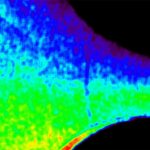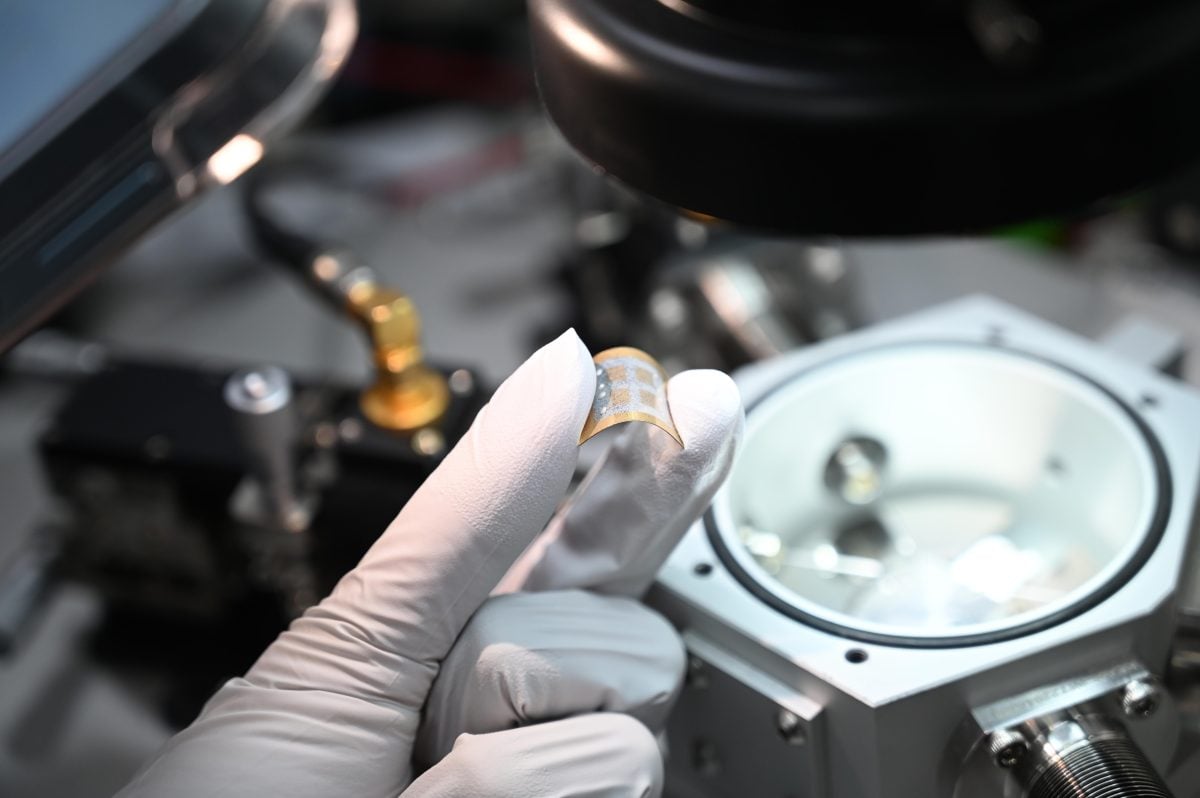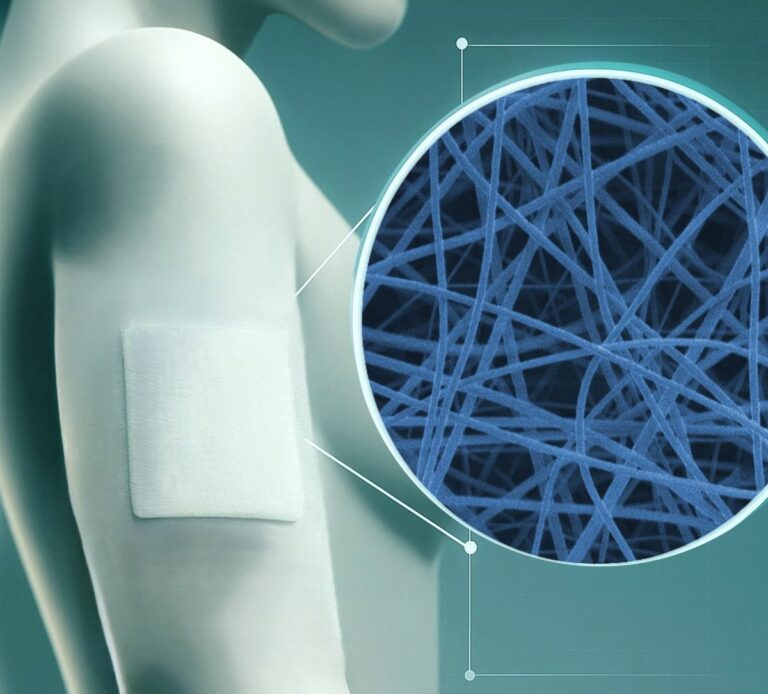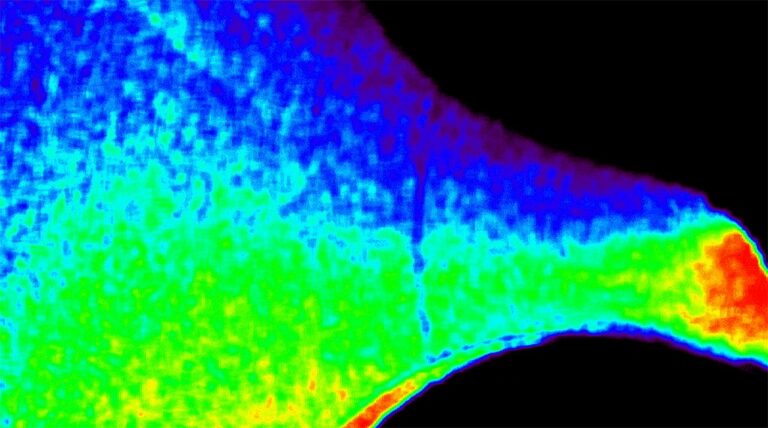World’s First Ultra-Sensitive Flexible Ammonia Sensor Developed by Korean ScientistsIn a groundbreaking advancement in chemical sensing technology, a team of Korean scientists has successfully developed the world’s first ultra-sensitive flexible ammonia sensor. This innovative device is set to revolutionize various industries by enabling highly accurate, real-time detection of ammonia in environments where safety, health, and environmental monitoring are crucial.What Is an Ammonia Sensor and Why Is It Important?Ammonia (NH₃) is a colorless gas with a pungent smell that is widely used in agriculture, refrigeration, chemical manufacturing, and even cleaning products.
However, exposure to high concentrations of ammonia can be harmful to human health and the environment. That’s why ammonia detection is vital in industries like food processing, fertilizer production, water treatment, and even medical diagnostics.Traditional ammonia sensors often face challenges such as poor sensitivity, limited flexibility, high power consumption, and inability to function under varying environmental conditions.
The new flexible ammonia sensor developed by Korean researchers addresses all these issues, offering ultra-sensitive detection, adaptability, and energy efficiency.Key Features of the Ultra-Sensitive Flexible Ammonia Sensor
1. High Sensitivity and Accuracy:The Korean-developed sensor can detect ammonia levels at parts-per-billion (ppb) concentrations — a significant improvement over conventional sensors that typically detect at parts-per-million (ppm) levels. This precision allows for early detection of harmful ammonia leaks.
2. Flexible and Wearable Design:Unlike rigid sensors, this new sensor is made using flexible materials such as graphene-based composites. It can be easily integrated into wearable technology, smart clothing, or curved surfaces, making it ideal for healthcare and industrial monitoring.
3. Real-Time Monitoring:The sensor offers real-time data collection and analysis, providing immediate feedback in environments like chemical plants, hospitals, or even livestock farms, where ammonia levels must be constantly monitored.
4. Energy Efficient and Lightweight:This next-gen sensor consumes very little power and is incredibly lightweight. This makes it suitable for continuous use in portable devices and Internet of Things (IoT) applications.
5. Cost-Effective Manufacturing:Thanks to advanced nanomaterial fabrication methods, the sensor can be mass-produced at low cost — opening doors for widespread industrial and consumer-level adoption.
Revolutionary Applications Across Multiple Industries
1. Healthcare Sector:Wearable sensors could be used for non-invasive medical diagnostics, including monitoring ammonia levels in human breath or sweat — key indicators of kidney and liver diseases.
2. Agricultural Industry:Ammonia sensors can help monitor livestock housing, ensuring animals are not exposed to harmful gas concentrations, improving both health and productivity.
3. Chemical and Manufacturing Plants:Detecting ammonia leaks before they reach dangerous levels can prevent major accidents and protect workers’ health.
4. Environmental Monitoring:The sensor could be used to track ammonia emissions in the environment, helping enforce environmental regulations and reduce air pollution.
5. Smart Homes and IoT:Smart home systems can use these sensors to detect ammonia from cleaning agents or refrigeration leaks, ensuring a safe living environment.The Future of Sensing TechnologyThis breakthrough in flexible ammonia sensing technology showcases Korea’s leadership in nanotechnology and smart materials. It sets the stage for a new era of intelligent monitoring systems where safety and health are prioritized through real-time, high-precision detection.
Final Thoughts
The development of the world’s first ultra-sensitive flexible ammonia sensor is not just a scientific milestone; it’s a step toward a smarter, safer, and more connected future. With its versatile applications and industry-wide impact, this innovative sensor holds the promise of transforming how we detect and manage harmful gases in our surroundings.For industries and tech developers looking to stay ahead, adopting this flexible ammonia sensor could be a game-changing move..

















+ There are no comments
Add yours